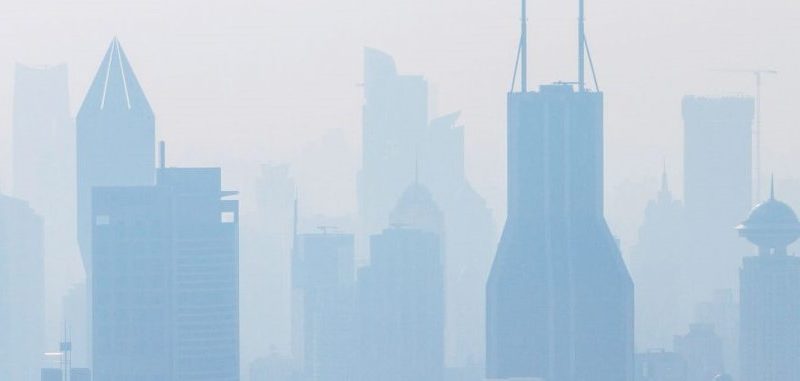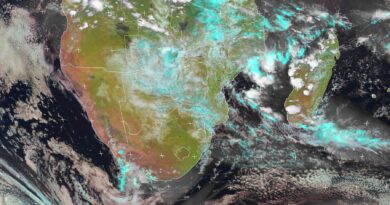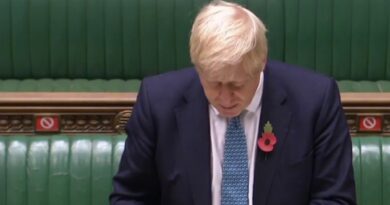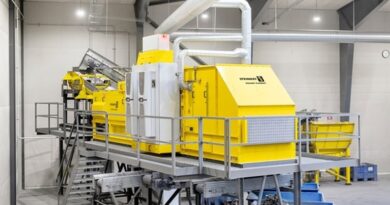Post Covid-19 industrial emissions in China skyrocket again
Air pollution has dropped substantially during China’s imposed lockdown earlier this year. However some air pollutants have risen back to above last year’s levels when the government measures to contain the coronavirus pandemic were lifted.
“There are early warning signs that China’s recovery from the COVID-19 crisis is reversing air quality gains,” the Helsinki-based Centre for Research on Energy and Clean Air (CREA), which produced the study, said.
Levels of health-harming air pollutants in China have exceeded concentrations at the same time last year in the past 30 days, for the first time since the start of the COVID-19crisis. This includes PM2.5, NO2, SO2 and ozone.
Air pollutant levels plummeted during the national lockdown in February, bottomed out in early March and have now overshot their pre-crisis levels.
The rebound appears to be driven by industrial emissions, as the pollution levels in the largest cities, Beijing and Shanghai, are still trailing below last year.
More broadly, pollution levels tended to increase more in areas where coal-burning is a larger source of pollution. Ozone levels are close to the record level of 2018.
Rebounding air pollutant levels are a demonstration of the importance of prioritizing green economy and clean energy in the recovery from the COVID-19 crisis. All eyes are on China, as the first major economy to return to work after a lockdown.
China’s previous economic recoveries, including the aftermath of the Global Financial Crisis in 2008 and the SARS epidemic of 2003, have been associated with surges in air pollution and CO2 emissions.
Controlling for meteorological conditions, national average PM2.5, SO2 and ozone concentrations in the past 30 days were above their pre-crisis levels, while NO2 concentrations were at the same levels as before the crisis, showing that the rebound cannot be accounted for by weather factors.




